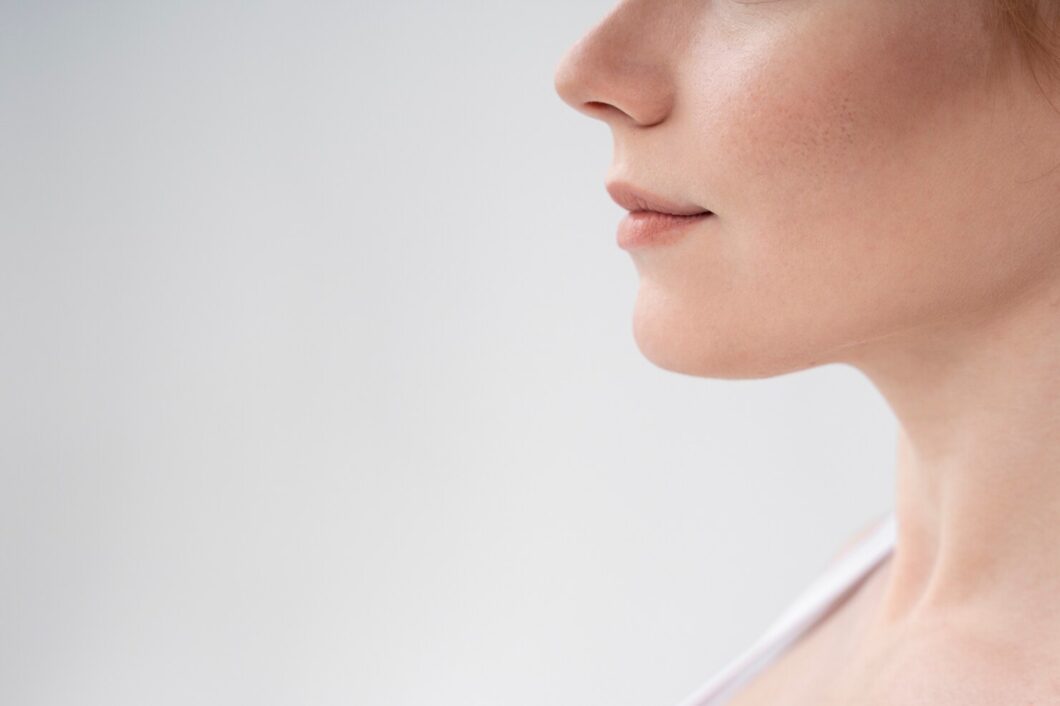Proprioception is your body’s way of sensing where it is in space — like how you can touch your nose with your eyes closed. It’s like an internal GPS combined with a pressure sensor.
These signals come from proprioceptors in muscles and joints. They detect things like stretch, tension, and movement.
🧠 Where does proprioception go in the brain?
Normally, most proprioceptive signals from the body take this path:- Muscles → spinal cord
- Spinal cord → brainstem → cerebellum & cortex
😬 What makes the jaw different?
Now here’s the cool part about the jaw muscles (like the masseter): 🔹 The jaw’s proprioceptors don’t go to the spinal cord first. 🔹 Instead, they send signals directly into the brainstem, to a special spot called the mesencephalic nucleus of the trigeminal nerve. 🔹 This shortcut means: → faster processing → more precise control → more direct influence on brainstem functions like breathing, chewing rhythm, and even emotional regulation🧩 So, does all proprioception connect to the brainstem?
- ✅ Yes, eventually, all proprioception ends up involving the brainstem in some way — it’s a big sensory hub.
- ❌ But not all proprioception connects directly to the brainstem without stopping in the spinal cord first. 👉 That direct route is what makes the jaw special.
🎛 Why does this matter for regulation?
The brainstem is like your body’s autopilot system — it controls:- Heartbeat
- Breathing
- Muscle tone
- Alertness
- Emotional reactivity (via vagus nerve and more)
🧠 TL;DR:
- Most body parts send their “where am I?” signals through the spine first.
- But your jaw muscles skip the line and go straight to your brain’s control center.
- That makes them really fast and powerful for helping your brain stay calm, focused, and in control.
- This is one reason chewing, jaw clenching, or even tapping the jaw can affect how you feel in your body.
Can you discover other ways that you can affect how you feel in the body?
Visited 9 times, 1 visit(s) today




